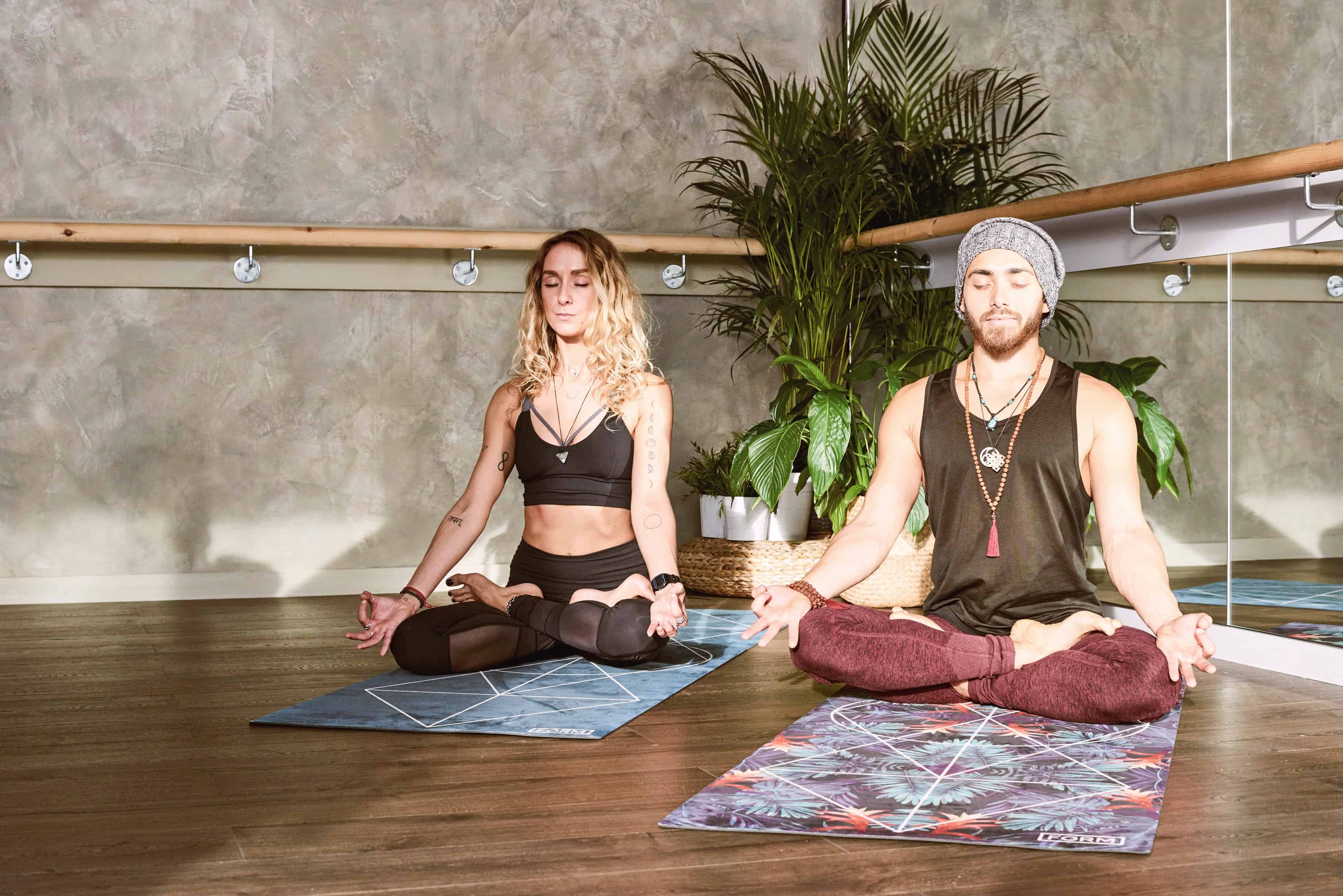Pranayama describes yoga breathing exercises that are used to increase oxygen, energy, and blood flow. These powerful pranayama breathing techniques also help clear physical and energetic blockages, and more. To read more about the health benefits of pranayama, check out our other article.
This article will serve as an introduction to pranayama for beginners. And whether you are just looking to reduce stress or want to become a yoga teacher, pranayama will help you.
Pranayama is one out of eight yoga sutras that describe Patanjali’s Ashtanga Yoga. It was once known as India’s education system before Europeans came and outlawed yoga.
Although pranayama is usually performed within a yoga or meditation practice, it can be done anywhere at any time.
Contents
Patanjali’s 8 Limbs of Yoga
 Before going into the specific pranayama techniques, we will go over the eight yoga principles. This will help you understand how pranayama fits into yoga as a whole.
Before going into the specific pranayama techniques, we will go over the eight yoga principles. This will help you understand how pranayama fits into yoga as a whole.
-
- Yamas – the moral “don’ts”
- Niyamas – the moral “dos”
- Asana – directly refers to poses that are held for a minimum of 1 minute and specific physical yoga exercises (loosening, synchronized breathing, lumbar & holding poses)
- Pranayama – breathing exercises
- Pratyahara – removal of senses (fasting; word fasting; limit screen time; break from external noise such as music, TV, etc.)
- Dhyana – one object, one focus mantra (ex. Toes, vibrate-vibrate-vibrate). Used to reserve energy with mental focus, preparation for Dharana.
- Dharana – one object, spreading awareness mantra (ex. Toes, lighter-lighter-lighter). Used to feel the relaxation of mentally vibrating, using even less energy, preparation for Samadhi
- Samadhi – zero thought, one consciousness (using Dhyana & Dharana to train the mind to attain absolute stillness with no mental talking. This is utilized to completely conserve energy. No thought, no movement, and no energy exertion.
Think of Ashtanga as an elementary version of yoga. Once you can sit with zero thought for a few minutes or more, then you can move onto a more complex and in-depth practice, such as Hatha yoga.
All of the limbs combine into each other, and the mission of Ashtanga is to be able to reach that complete energy conservation state in Samadhi. Since we are talking about prana (energy), it is only right that we share the heart of it all!
3 Pranayama Breathing Techniques For Beginners
When you are breathing – SMILE! Your bliss body is always available for you within a smile. Smile because you love yourself! Or smile because you love your life force energy! And smile because you love yoga!
On your inhale, say the mental mantra (Dharana), “Enjoy the expansion (or inhalation)”. When you exhale, use the mantra, “Enjoy the relaxation (or exhalation)”.
REMEMBER MATH? Smiling + Feeling = Enjoying. So, remember to smile every time you mentally say, “enjoy!”
1. Sectional Deep Breathing Technique
Abdominal (Stomach or Diaphragmatic) Breathing
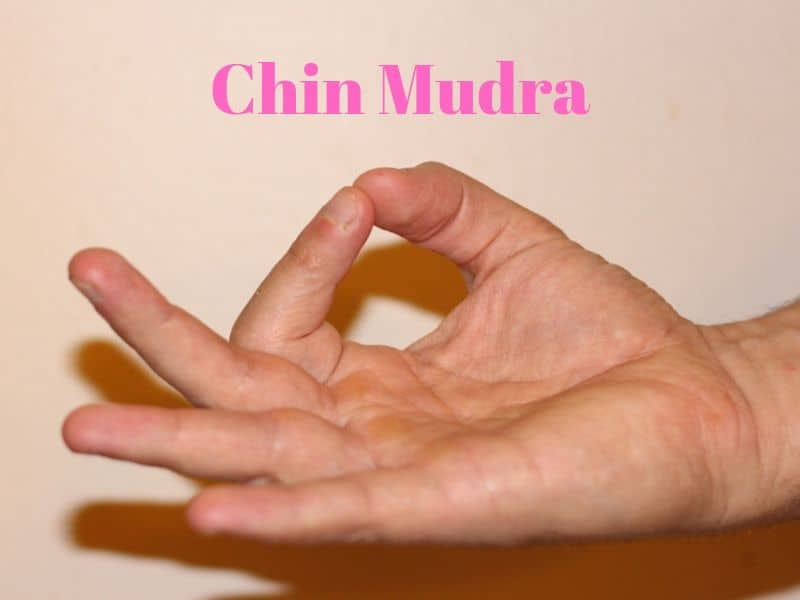 Directions
Directions
- Close your eyes and smile while holding the chin mudra near your hips.
- Breathe only into the stomach, expanding through the lungs and diaphragm. The belly will open like the Buddha’s
- Exhale to relax completely. Do not squeeze the diaphragm. Just relax and pull the navel into the spine gently.
- Repeat 3-5 times.
Middle Chest Breathing (Thoracic)
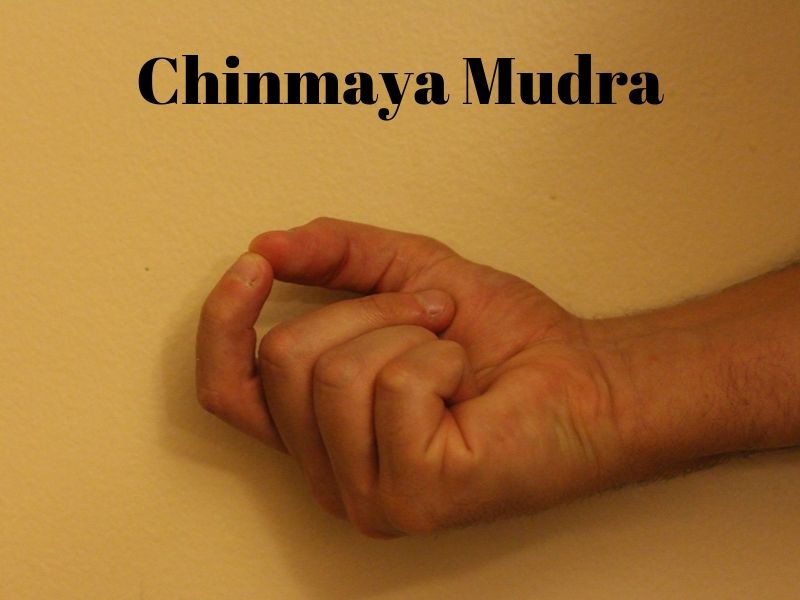 Directions
Directions
- Put your hands in the Chinmaya Mudra. For this mudra, have your thumb and pointer touching. All other fingers closed over the palm.
- Close your eyes and smile while holding the mudra near the hips. In Thoracic breathing, you forget the stomach.
- Inhale to open the chest while pulling the shoulders back and squeezing the shoulder blades near your spine.
- Exhale to relax and rest your shoulders.
- Repeat 3-5 times.
- Did you remember to smile and say your mantra?
Upper Chest (Clavicular) Breathing
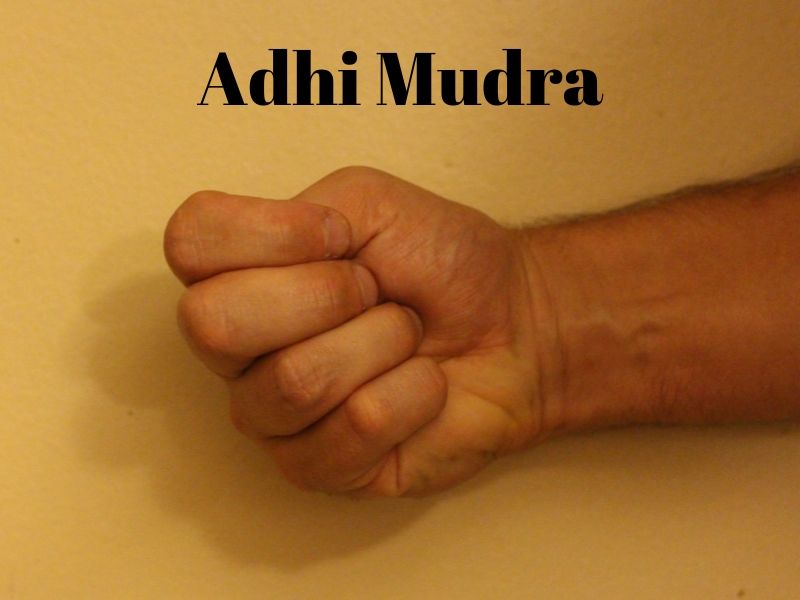 Directions
Directions
- Place your hands in the Adhi mudra. Put your thumb across your palm under the pinky. All the other fingers closed over the thumb
- Close your eyes and smile while holding the mudra near the hips. In clavicular breathing, you forget the stomach and chest.
- Inhale to open the upper chest while drawing the shoulders back then up.
- On the exhalation, roll them forward and then down.
- Remember to smile and say the mantras. This assists your energy levels significantly
- Repeat 3-5 times.
2. Full Yogic Breath
This pranayama, also known as the grand yoga breath, is the process of linking all three previous movements with the Brahma mudra.
Full Yogic Breath Benefits
There are many benefits of the three part breath. It helps with correcting improper breathing patterns, opening full awareness to every part of the respiratory system, preparation for meditation, and will calm the nervous system immediately to alleviate stress in the body.
It is especially helpful in easing acute anxiety attacks.
Directions
- Place your hands in the Brahma mudra. To make this mudra, both of the hands form fists with the fingers wrapped around the thumb. Then place both palms facing up and connect the hands at the knuckles.
- Close your eyes and smile while holding your mudra near the hips.
- On the inhale, open the belly first and then draw the shoulders back to open the middle chest. Finally, bring the shoulders up to open the upper chest. (Enjoy the expansion).
- Reverse the process on the exhale. Start by relaxing the shoulders and bringing them down. Next, feel the air emptying your chest before finally leaving the belly. (Enjoy the relaxation)
3. Nadi Shodhana Pranayama
This pranayama, which is also known as alternate nostril breathing, directly clears the energy body. These are often referred to as meridians, nadis, or chakras. Therefore, in this breath, we may use the mantra: “Enjoy the clearing of nadis”.
Benefits of Nadi Shodhana
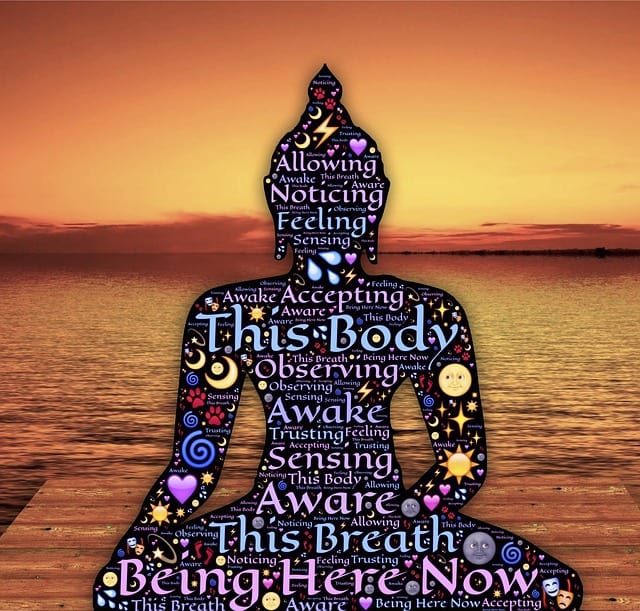
First, what are the nadis?
The nadis refer to the 72,000 energy points in your human system that directly communicates with our cellular makeup. This breath is the only thing you need to awaken kundalini energy, which is simply the clearing and balancing of the energy body.
This technique also has other health benefits. First, it opens up the arteries around the heart, which reduces the risk of a heart attack. Also, it is a great way to clear sinus blockages! Check on your energy at any time of the day with this simple breath.
Directions
Put your mudra on your right hand (looks like a hang-10, gnarly sign, or “y” in sign language). You do not need your left hand for this exercise! Remember to smile and say your mantra!
- Inhale to prepare.
- Right before you are ready to exhale, plug right nostril with thumb & exhale through left.
- Inhale through the left nostril.
- Before you exhale, plug your left nostril with your pinky.
- Exhale through the right nostril.
- Then, inhale through the right nostril.
- Before you exhale, plug right nostril.
- Exhale through the left nostril.
- Alternate and repeat until you feel satisfied.
Conclusion
These are only a few of the pranayama exercises out there, but it is a great place to start incorporating into your yoga or meditation practice. Pranayama is great for immersing yourself into nourishing your vital life force energy.
If you would like to know more about pranayamas and practicing to achieve Samadhi, let us know!
References:
(1) Yujnique Gardens
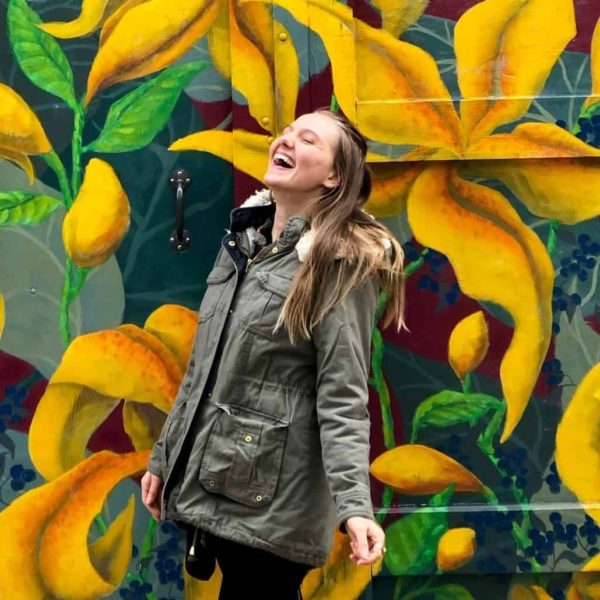
I am a RYT500 Certified Yoga instructor and my mission on Earth is to promote wellness for all our people and to heal the planet.
